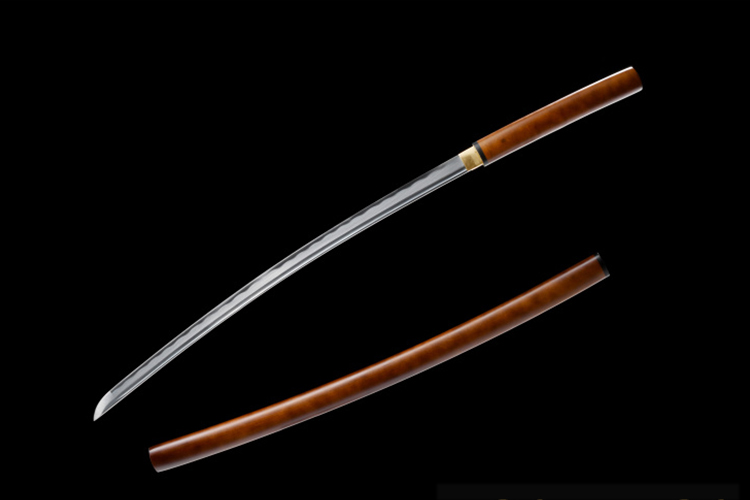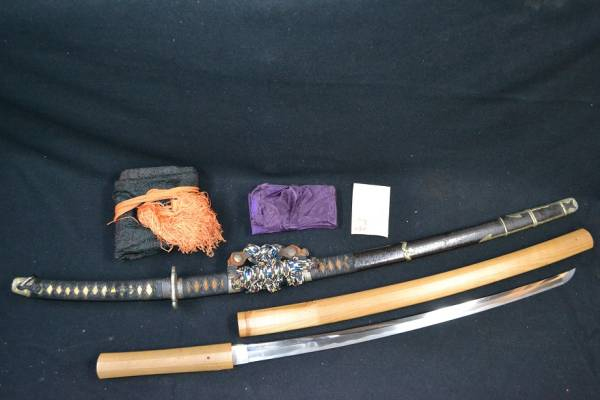Two types of Japanese saya

Like most swords, traditional Japanese swords are usually stored in saya. When the samurai does not use his sword, he will hide it. This has several purposes, one of which is to protect the sword from damage. If there is no sheath, the sword will be exposed to the natural environment, making it more susceptible to injury.
In addition, the sheath protects the samurai from self-injury. When a sword is properly maintained, its blade will be sharp and cut easily into the skin. Therefore, samurai place their katana in saya to reduce the risk of self-injury.
Traditional Japanese swords are usually stored in one of two different types of sayas: shirasaya or jindachi-zukuri.

1) shirasaya
Probably the most common type of saya for storing traditional Japanese swords is shirasaya. It is made of hand-carved wood and has a curved shape to accommodate the curved blade of a samurai sword. A typical shirasaya is characterized by two pieces connected together, one of which is longer than the other. Pull up to take out the small piece; then, the hilt is exposed and the samurai can quickly draw the sword.
Shirasaya is a relatively simple and easy-to-produce sheath, making it an attractive option for mass production. And because it is made of wood, shirasaya is often used for long-term storage.

2) Jindachi-zukuri
The second saya of the traditional Japanese sword is jindachi-zukuri. Although shirasaya is mainly used for long-term storage of swords, jindachi-zukuri is a more suitable saya for combat. It usually features decorations and decorations, and can be worn on a belt or on a shoulder strap. When worn with a belt, it is called a tachi style jindachi-zukuri.
Jindachi-zukuri is more difficult to produce and more time consuming than its shirasaya counterpart. People who make jindachi-zukuri usually carve intricate details on the side.
Of course, there were other designs of sheaths throughout feudal Japan. Shirasaya and jindachi-zukuri are just two of the most popular. Shirasaya is a more basic sheath mainly used for long-term storage, while jindachi-zukuri is a combat sheath with intricate decorations. Hope this gives you a better understanding of the two main sayas used in traditional Japanese swords.
Discover the many attractive options available for Katana swords and custom swords.
Want a unique sword? Feel free to contact us:
Phone: 086 13739276006
Email: [email protected]
Website: www.hanbonforge.com
Custom Sword Page: www.hanbonforge.com/CUSTOM-SWORDS/Custom-Your-Own-Swords

Leave a Comment